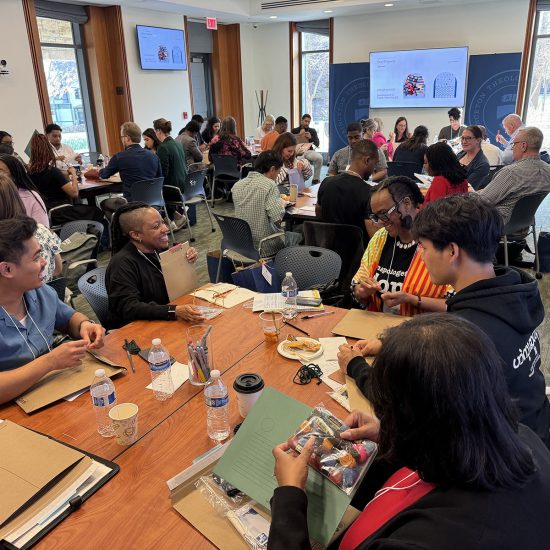Benevolence ministries have been an expression of churches since the first century when congregations assisted other churches, some of them far away on the early mission field. Early Christians looked out for each other with care. Jesus advocated for the needy indiscriminatingly.

Bill Webb
|
Even earlier, the Old Testament’s reminder of the implications of the Law of Moses nailed down in writing how God-followers were to relate to the hungry and impoverished, widows and orphans, the homeless, strangers in their land and others who were in serious, if not desperate, human need. It was a requirement of God’s law for Jewish followers to be responsive.
Parts of the Christian community have been better than others through the centuries at feeding the hungry, clothing the naked, visiting prisoners, etc. Even today, the exercise of these types of ministry opportunities varies widely among both believers and congregations.
A few generations ago, pastors referred to Christians who wore “blinders” similar to workhorses outfitted with devices of that name that limited their peripheral vision, keeping the animals focused on plowing, pulling or whatever the task at hand. Like horses, Christians are tempted to have tunnel vision, pastors said, sometimes literally not seeing — or ignoring — obvious physical and spiritual needs of people all around them.
Perhaps because of wars all around the globe and economic pressures on virtually every economy, intentional benevolent ministries seem to proliferate in the 21st century. Many believers have recaptured Christ’s vision and example for ministry to the long-term and possibly short-term needy. Such ministries raise the profile of local congregations and volunteers, especially among those who receive help.
Congregations provide their own pantries for dispensing food items and clothing, and they try to help people within their communities with appliance and furniture needs, and even housing. Congregations participate in drives to secure school supplies for children who might otherwise do without. Churches have discovered a way to reach out to young mothers with ministries that provide diapers and other costly commodities necessary for raising one or more infants.
Churches team with organizations that secure shoes for distribution well beyond the local community. Others channel their efforts into community-wide projects like Habitat for Humanity home construction.
The Sept. 25, 2014, cover package focuses upon two congregations whose communities share similarities but distinct differences. One serves its urban Kansas City neighborhood, and the others its smaller community within a broad suburban area.
For churches interested in meeting human needs around them and beyond, keep a few things in mind:
1. Discover your community’s needs. Walk the community with blinders off, to be sure. Observe. Keep abreast of local reporting in newspapers, television and radio. Talk to people in the know, like educators, city and county leaders, community benevolent agency leaders and others. Intentionally seek to find out where people in the community are hurting. Careful research can give churches a variety of touch-points to consider as they try to affect people and communities for good.
2. Assess your congregation’s available resources. For most churches, the first place to start is to determine how many members are willing to take hands-on roles in benevolent ministry. A food pantry operations requires people willing to make a commitment to volunteer on a scheduled basis for various tasks, for instance. The same is true no matter what the specific ministry endeavor.
Determine the specific interest and talents among members. This will help determine the best use of time and other resources to invest in projects, and it will help determine which human needs ministries might be the best for a congregation to pursue.
What financial resources does a congregation have in hand or is willing to commit to benevolent ministry? Are there space requirements for such things as storage and distribution of items, or perhaps for after-school programs for children in need? Does a congregation have human, financial and space resources to achieve its goals?
3. Determine who else in a neighborhood or community is already engaged in benevolent ministries. Avoid unnecessary overlap. For instance, members interested in food ministry might find the best way to meet a need is through a community agency that seeks volunteers and donations from the broader community. Joining such an effort may be more cost effective and meet needs better than starting a ministry from scratch.
People in virtually every community have some needs that churches and their members could meet with compassionate effort. Most recipients are grateful for help. And most volunteers find a high level of satisfaction — even joy — in reaching out to others. After all, they are living out the faith that Jesus himself modeled, taught and commanded to his followers.
Bill Webb is editor of Word & Way.






